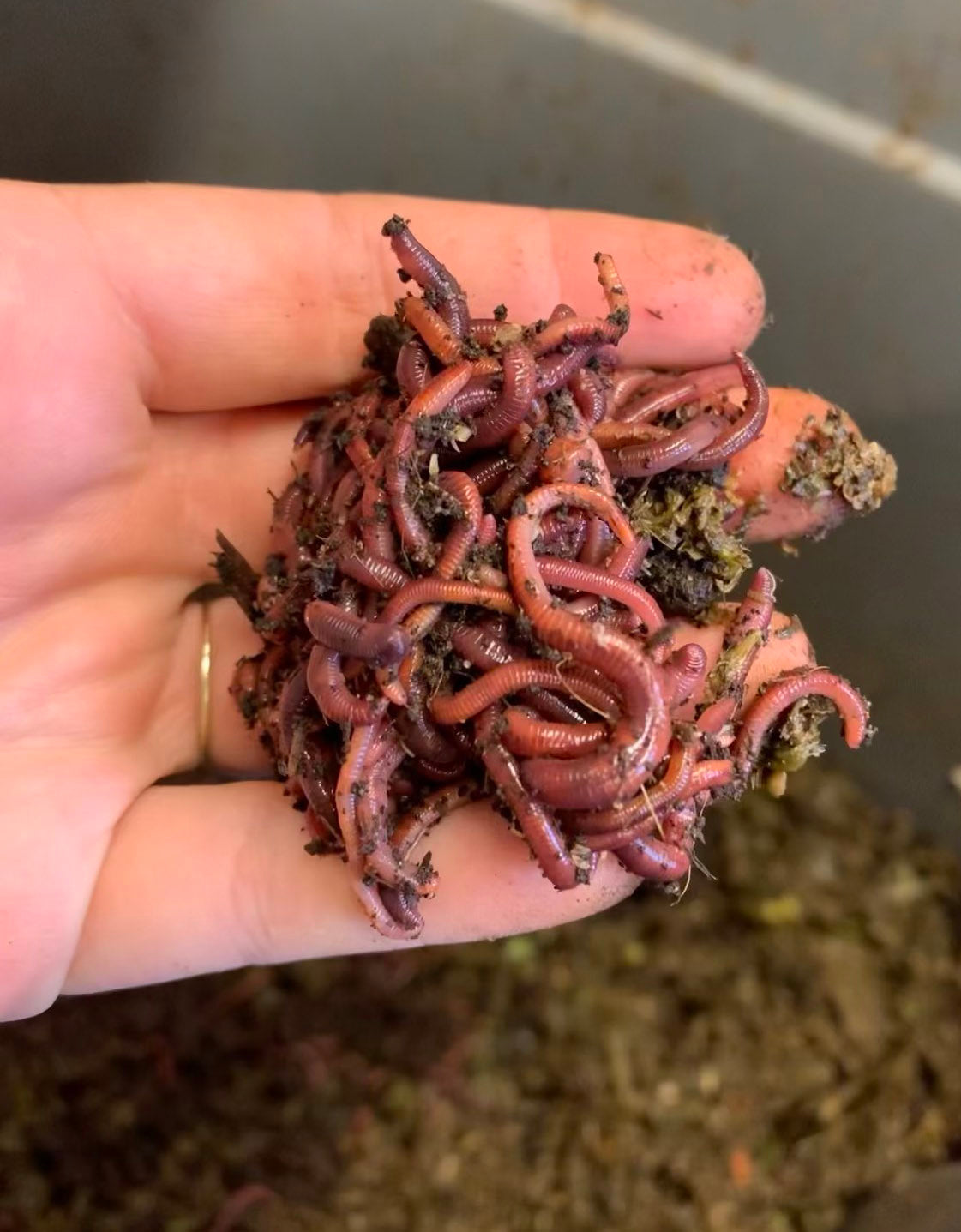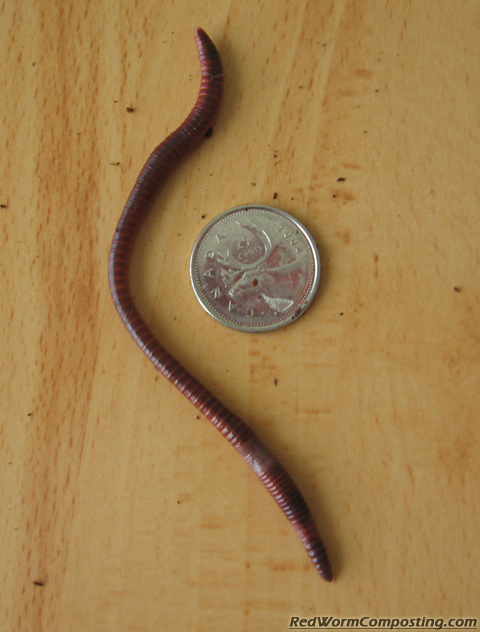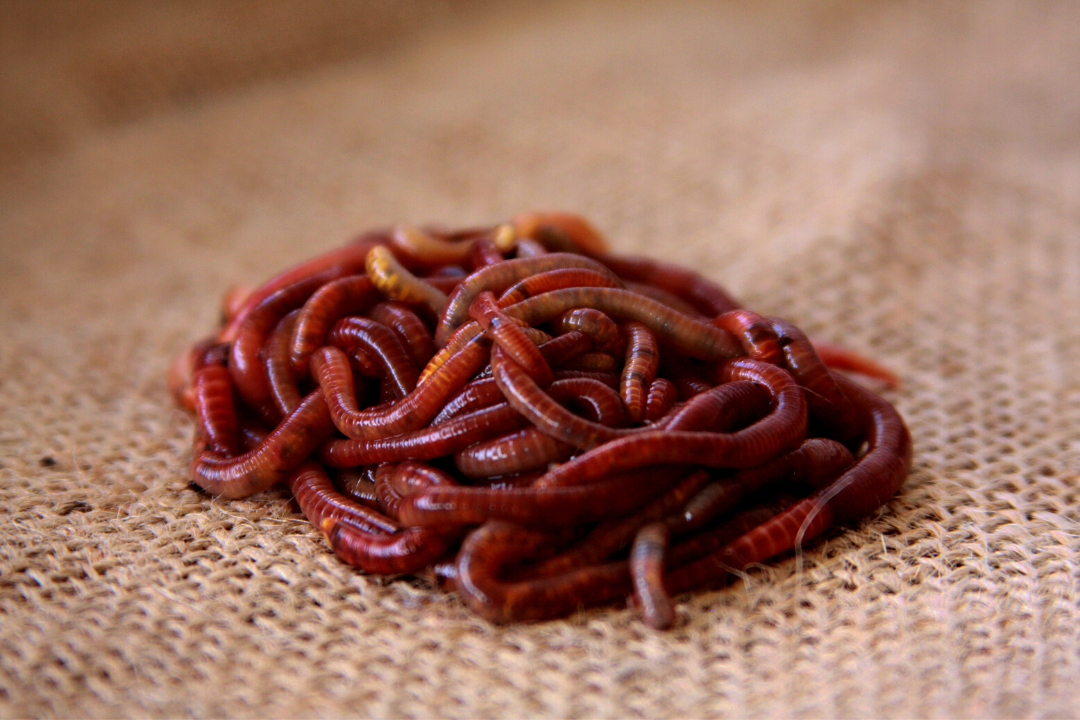Red Wigglers: The Unsung Heroes of Organic Waste Recycling
Red wigglers, or Eisenia fetida, serve as crucial agents in the natural waste reusing procedure, transforming thrown out materials into valuable vermicompost. As the globe progressively looks for options to fight waste accumulation and boost agricultural performance, recognizing the function of these worms ends up being important.
What Are Red Wigglers?
The remarkable durability of red wigglers, clinically referred to as Eisenia fetida, highlights their essential role in natural waste recycling. These tiny, reddish-brown earthworms are usually found in decaying organic matter, such as compost heap and manure lots. Lake Hickory Bait. Unlike other earthworm types, red wigglers flourish in nutrient-rich settings and are highly reliable at breaking down organic products, making them vital for vermicomposting

Advantages of Composting With Worms
Composting with worms, specifically red wigglers, offers numerous advantages that enhance both waste monitoring and soil wellness. Initially, these worms successfully damage down natural waste, converting it into nutrient-rich vermicompost that enhances soil. This procedure speeds up disintegration, permitting a much faster recycling of cooking area scraps and other organic products contrasted to typical composting approaches.
Additionally, the vermicompost generated by red wigglers is teeming with helpful microbes, which aid improve dirt framework, oygenation, and wetness retention. This boosts the overall health and wellness of plants, advertising energetic growth and boosted yields in gardens and agricultural settings. Furthermore, using worms in composting decreases the manufacturing of greenhouse gases, such as methane, adding to a more lasting waste administration system.

Exactly How to Begin Vermicomposting
Establishing a vermicomposting system is a straightforward process that can generate significant advantages for both waste monitoring and dirt enrichment. To start, pick a suitable container, such as a plastic container or wooden box, with adequate air flow openings to make sure correct air movement. The measurements should preferably be around 2 feet by 3 feet, allowing ample space for the worms to grow.
Following, prepare bed linens product, which can include shredded newspaper, cardboard, or coconut coir. This bed linen needs to be moistened to develop an ideal habitat for the worms. Once the bedding remains in place, introduce red wigglers (Eisenia fetida) right into the bin, generally around one extra pound of worms for each square foot of surface.
Following the positioning of worms, add natural waste, such as fruit and vegetable scraps, coffee grounds, and crushed eggshells. Prevent including dairy, meat, or oils, as these can create smells and draw in insects. Place the bin in a shaded, temperature-controlled location to maintain optimum problems for worm activity. With these steps, you will efficiently initiate a vermicomposting system that adds to sustainable waste monitoring and enriches your dirt.
Keeping a Healthy Worm Bin
Gently mixing the bed linen and food scraps every few weeks prevents compaction and makes sure that all worms have accessibility to oxygen. Additionally, it is vital to feed the worms appropriately.
If the container comes to be also hot or cool, the worms might become stressed. By faithfully handling these aspects, one can keep a robust and effective worm container.
Influence On Sustainable Living
The successful upkeep of a worm container not only profits the wellness of red wigglers yet also adds considerably to lasting living techniques. By reusing natural waste, such as kitchen scraps and yard debris, red wigglers assist divert considerable quantities of material from land fills. This decrease in waste not just decreases greenhouse gas discharges however additionally reduces the environmental concern related to waste administration.
In addition, the castings generated by red wigglers act as a nutrient-rich natural Red Wiggler Express fertilizer, boosting soil health and advertising plant development. This natural alternative to chemical fertilizers supports sustainable agriculture and horticulture methods, minimizing reliance on artificial inputs that can harm ecological communities. Additionally, worm composting fosters recognition of waste administration, motivating people and areas to take on even more lasting practices.

Conclusion
In recap, red wigglers offer as crucial factors to natural waste reusing through their efficient decomposition of natural products. By incorporating vermicomposting into waste administration methods, individuals and communities can considerably decrease waste while promoting environmental sustainability.
Comments on “Lake Hickory Bait: The Top Spot for All Your Fishing Gear”